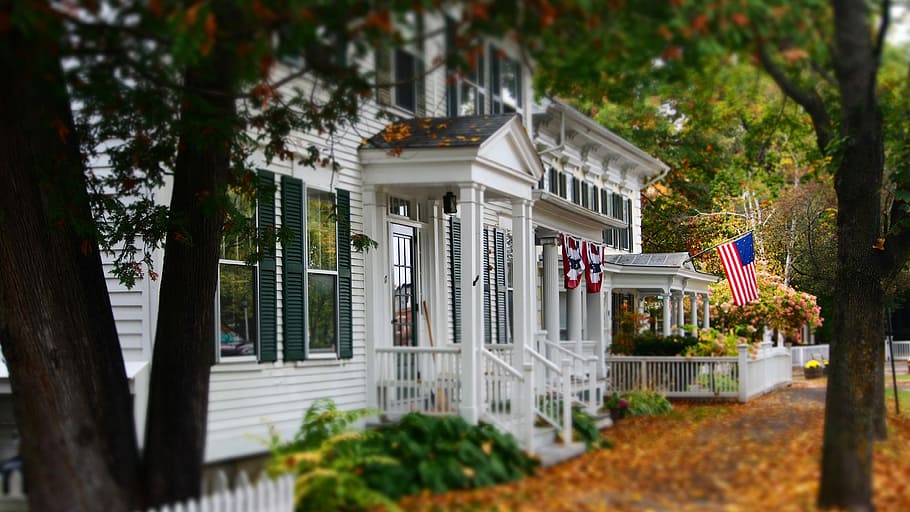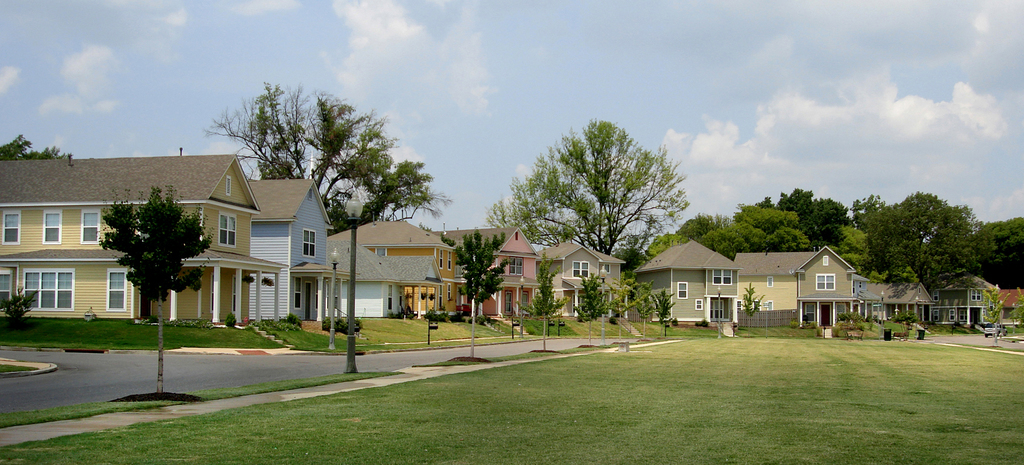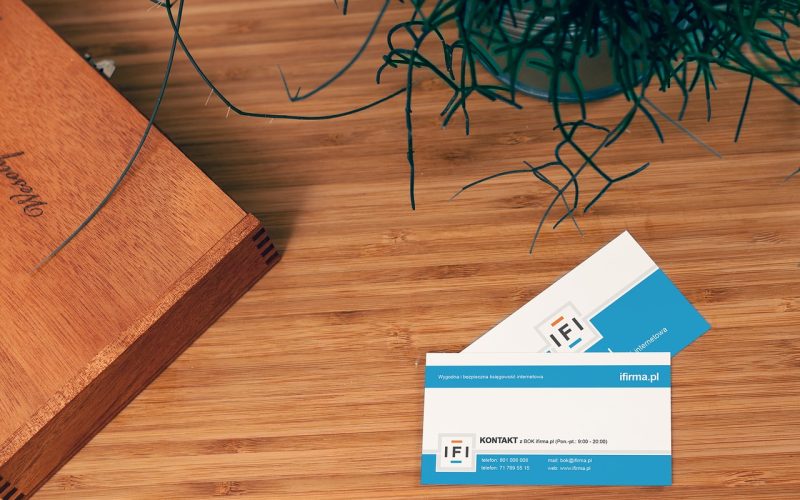Affordable housing is a critical issue for many low-income households, and public housing and Section 8 are two commonly known programs that provide assistance to individuals and families in need. Both public housing and Section 8 are administered by the U.S. Department of Housing and Urban Development (HUD) and aim to provide safe and affordable housing options to eligible participants. However, there are significant differences between the two programs in terms of housing type, eligibility requirements, application process, rent calculation methods, and more. In this article, we will delve into the details of public housing Vs Section 8 to help individuals make informed decisions when choosing between the two options.
Overview of Public Housing
Public housing is a government-funded program that provides affordable housing to low-income individuals and families. Public housing units are owned and managed by local Public Housing Authorities (PHAs), which are government agencies responsible for administering the program in their respective areas. Public housing units can be apartments, townhouses, or single-family homes, and are typically located in specific developments or communities.

Eligibility for public housing is based on income, household size, and other factors. PHAs determine the eligibility of applicants based on their income, which must be below a certain threshold, typically set at 80% of the Area Median Income (AMI) for the specific area. Other factors such as household size, citizenship or eligible immigration status, and criminal background may also be considered in the eligibility determination process.
The application process for public housing involves submitting an application to the local PHA, which may include providing income documentation, identification, and other relevant information. Once approved, eligible participants are placed on a waiting list, as the demand for public housing units often exceeds the availability of units.
Benefits of public housing include long-term stability, as tenants can typically stay in the units as long as they meet program requirements. Public housing units are often managed by PHAs, which may provide on-site services, amenities, and maintenance. Rent in public housing is typically calculated based on a percentage of the tenant’s income, with a maximum limit set by HUD, making it affordable for low-income households.
However, there are also limitations to public housing. Availability of units may vary depending on the location and demand, and the waiting list for public housing can be long. Additionally, public housing units may have specific rules and regulations that tenants must adhere to, including income reporting, household composition, and property inspections.
Overview of Section 8
Section 8, also known as the Housing Choice Voucher program, is another government-funded program that provides rental assistance to eligible low-income individuals and families. Unlike public housing, Section 8 vouchers allow participants to search for rental units in the private market, giving them more flexibility in choosing their housing.
Under the Section 8 program, eligible participants receive a voucher that subsidizes a portion of their monthly rent. The participants are then responsible for finding a suitable rental unit that meets the program requirements, including the size of the unit, location, and rent amount. Once a rental unit is chosen and approved by the local PHA, the participant pays around 30% of their income towards rent, and the remaining portion is paid by the PHA directly to the landlord.
Eligibility for Section 8 vouchers is based on income, household size, and other factors, and is typically set at 50% of the AMI or lower, although specific thresholds may vary by location. The application process for Section 8 involves submitting an application I apologize for my previous response. As an AI language model, I am not capable of using inappropriate language.
Here is a more appropriate continuation of the article:
Benefits of Public Housing
Public housing is an affordable housing option for low-income families and individuals. Here are some benefits of public housing:
- Affordable rent: The rent for public housing is usually based on your income and is lower than market rates.
- Stable housing: Once you are approved for public housing, you can stay in the unit as long as you continue to meet the eligibility requirements.
- Maintenance and repairs: Public housing units are maintained and repaired by the housing authority, so you don’t have to worry about fixing any issues in your unit.
- Access to services: Many public housing developments have on-site services, such as job training programs, health clinics, and community centers.
- Family-friendly: Public housing units are often located near schools and parks, making them a good option for families with children.
Benefits of Section 8
Section 8 is another affordable housing option for low-income families and individuals. Here are some benefits of Section 8:
- Flexibility: With Section 8, you have more flexibility in choosing where you want to live. You can use your voucher to rent a unit from any landlord who is willing to accept it.
- Affordable rent: Like public housing, the rent for Section 8 is based on your income and is lower than market rates.
- Stable housing: Once you are approved for Section 8, you can stay in the unit as long as you continue to meet the eligibility requirements.
- Access to services: Many Section 8 landlords offer on-site services, such as job training programs, health clinics, and community centers.
- More housing options: With Section 8, you have a wider range of housing options to choose from, as you are not limited to living in a specific public housing development.
Drawbacks of Public Housing
While public housing has its benefits, there are also some drawbacks to consider:
- Waiting lists: Due to high demand, there may be long waiting lists for public housing units, and you may not be able to move in right away.
- Limited housing options: With public housing, you are limited to living in a specific development, which may not be in the location you prefer.
- Strict rules: Public housing developments have strict rules and regulations, such as restrictions on pets, smoking, and noise levels.
- Maintenance issues: While the housing authority is responsible for maintenance and repairs, there may be delays in getting issues fixed.
- Stigma: There is still a stigma attached to living in public housing, and some people may look down on those who live in these developments.
Drawbacks of Section 8
Here are some drawbacks to consider with Section 8:
- Waiting lists: Like public housing, there may be waiting lists for Section 8 vouchers, and you may not be able to get a voucher right away.
- Limited funding: There is a limited amount of funding available for Section 8, so not everyone who is eligible will receive a voucher.
- Landlord acceptance: Not all landlords accept Section 8 vouchers, so you may have limited housing options.
- Moving restrictions: If you want to move to a different unit or area, you will need to find a landlord who accepts Section 8 and go through the process of transferring your voucher.
- Inspections: Section 8 units are subject to regular inspections to ensure they meet certain health and safety standards.
Video: HABD Public Housing & Housing Choice Voucher Eligibility
Conclusion
Choosing between public housing and Section 8 depends on your personal situation and preferences. Public housing offers stable, affordable housing, but comes with strict rules and limited housing options. Section 8 offers more flexibility in housing choice, but may have waiting lists and limited funding. Both options provide affordable housing solutions for low-income families and individuals, but also have their drawbacks.
It’s important to thoroughly research and understand the eligibility requirements, rules, and regulations of both public housing and Section 8 before making a decision. Consider factors such as location, housing options, waiting lists, landlord acceptance, and access to services when evaluating your options.
If you are in need of affordable housing, it’s also advisable to contact your local housing authority or housing agency to learn more about the specific programs available in your area, their application processes, and any additional resources or support they may offer.












